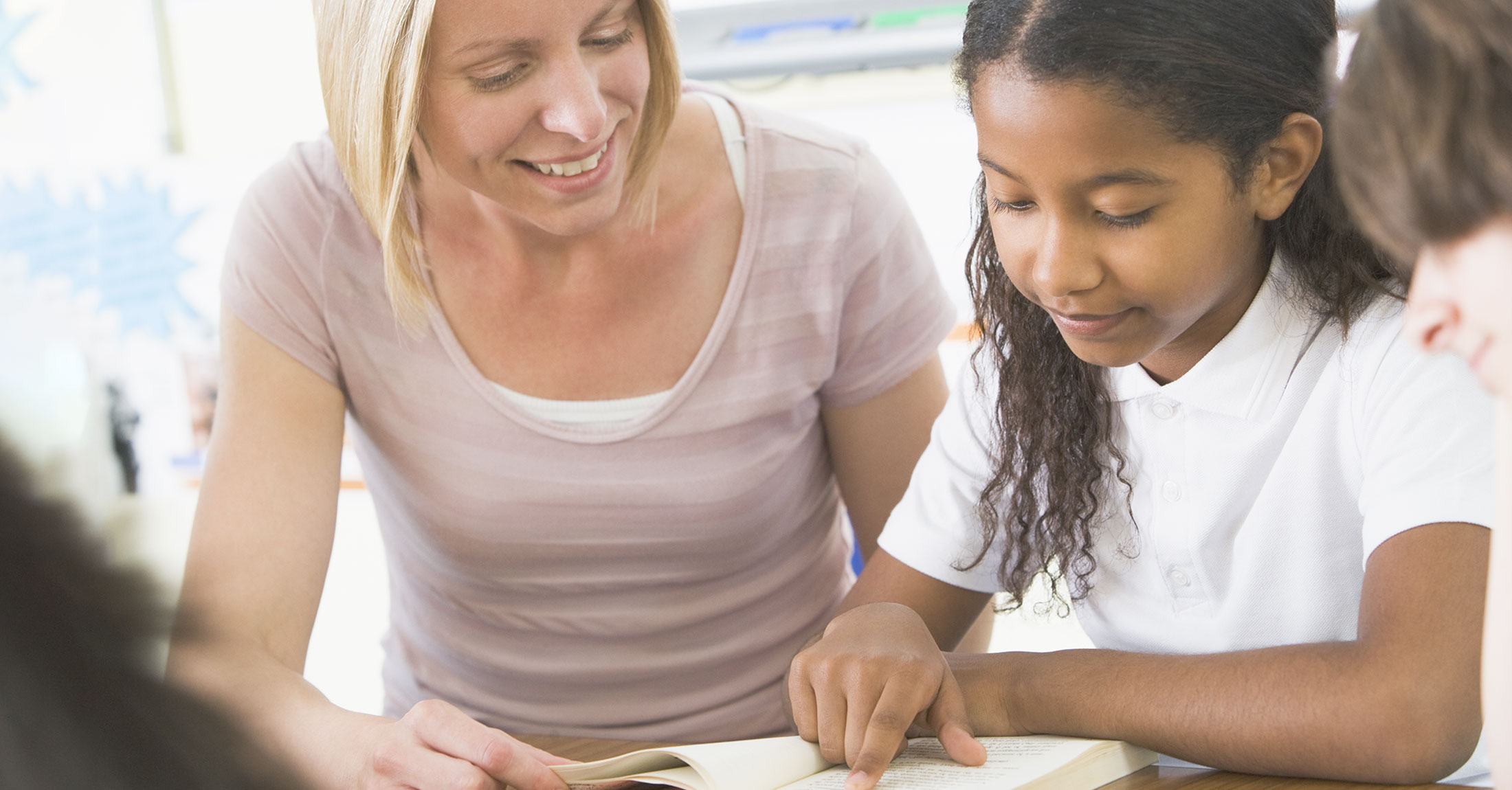Dynamic assessment is designed to provide a more holistic view of a student’s creative potential by observing their creative process, flexibility in thinking, willingness to take risks, and ability to adapt to feedback.
WHAT IS DYNAMIC ASSESSMENT?
Dynamic assessment determines where a person is at in their learning journey, and how to build from there. It’s a collaborative process that’s responsive to children’s diverse ways of learning.
Dynamic assessment is cyclical in nature. It’s an informal means of determining a child’s learning needs —> teaching to optimal levels —> and assessing learning outcomes… Then determining learning needs —> teaching to optimal levels —> and assessing outcomes…. And so forth, in a continuous loop of development such that instruction and assessment inform each other.
In dynamic assessment, an adult engages with a child and is an active partner in the assessment process. This includes finding out about the child’s experiential background, interests, and abilities, all of which are important for identifying their learning needs. And, because learning transpires in different places (playgrounds, museums, music and art studios, gymnasiums, and so on), dynamic assessment can occur in different contexts and environments.








